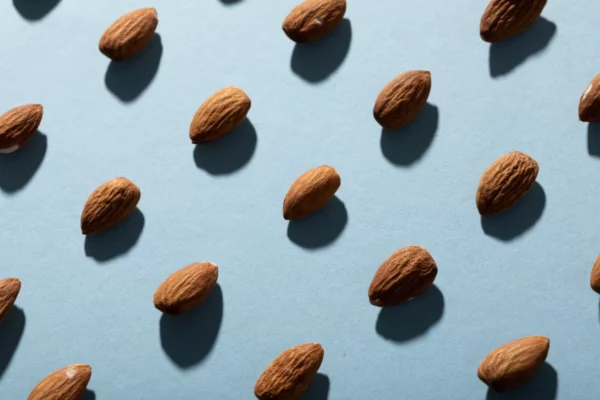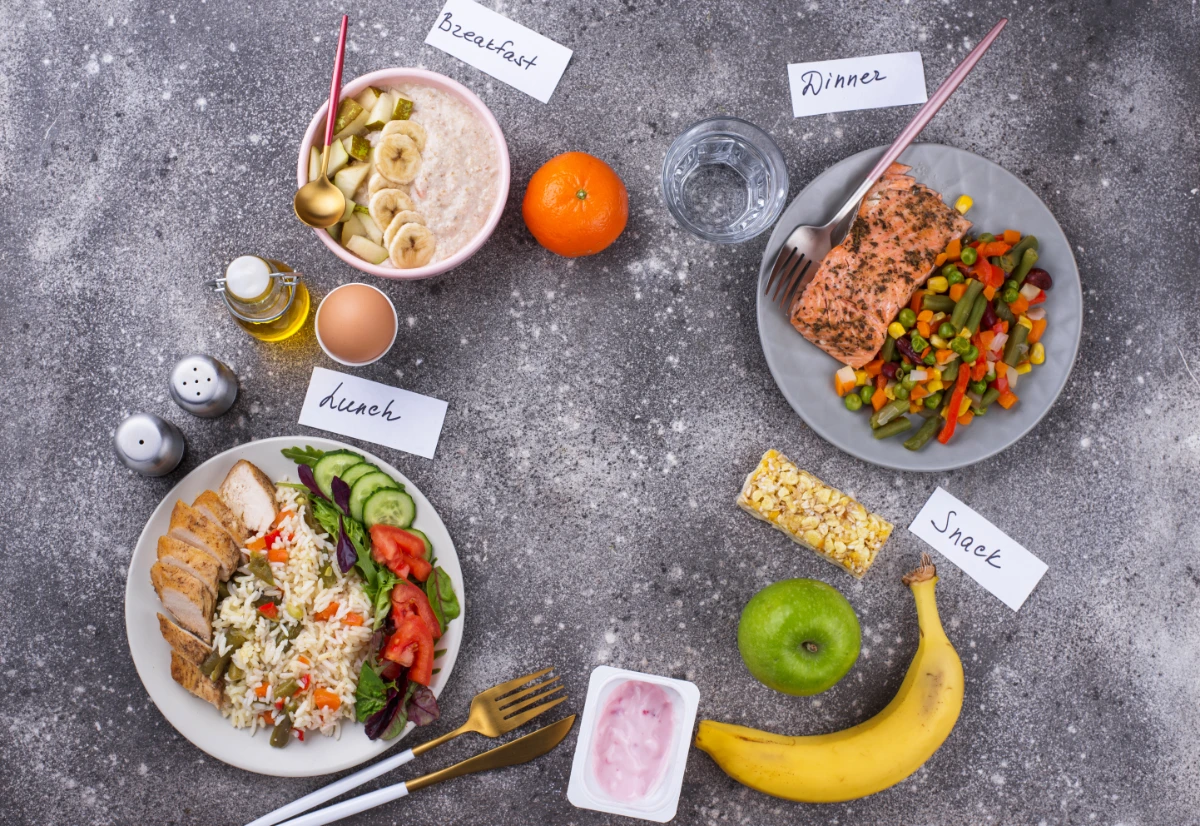Introduction to Soluble Fiber
Soluble fiber is a type of dietary fiber that dissolves in water, forming a gel-like substance in the digestive tract. It is found in various plant-based foods, including oats, barley, legumes, fruits, and vegetables. While fiber provides numerous health benefits, many people are unaware that soluble fiber can also play a significant role in weight loss.
This blog post will explore how soluble fiber can help you lose weight and what foods you can consume to increase your intake of this vital nutrient.
Does Soluble Fiber Help you Lose Weight?
Soluble fiber has several properties that make it beneficial for weight loss. Here’s how it works:
Promotes Fullness
- Absorbs water in the stomach, forming a gel-like substance
- Slows the digestive process
- Reduces likelihood of overeating or snacking
Reduces Calorie Intake
- Sudies have shown that consuming soluble fiber can help reduce overall calorie intake
- A 3.7% reduction in total calorie intake with an increase of just 10 grams daily
Regulates Absorption of Nutrients
- Slows down carbohydrate absorption, preventing spikes in blood sugar levels
- Binds to fat in the digestive tract, preventing absorption and storage
Reduces Belly Fat
- A study found in the Journal of the Academy of Nutrition and Dietetics found that increasing soluble fiber intake by just 10 grams daily resulted in a 3.7% reduction in total calorie intake. Over time, this reduction can lead to significant weight loss.
Foods High in Soluble Fiber
Now that we know how soluble fiber can help with weight loss, let’s explore some foods high in this nutrient.
- Oats: Oats are one of the best sources of soluble fiber, with one cup of cooked oatmeal containing four grams of this nutrient. Oats can be consumed as a breakfast cereal, added to smoothies, or used to make baked goods.
- Legumes: Legumes, such as lentils, chickpeas, and black beans, are also rich in soluble fiber. One cup of cooked lentils contains approximately four grams of soluble fiber. Legumes can be added to salads, soups or used as a meat substitute in vegetarian meals.
- Fruits: Fruits like apples, bananas, and oranges are high in soluble fiber. One medium-sized apple contains approximately two grams of this nutrient. Fruits can be eaten as a snack or added to smoothies and desserts.
- Vegetables: Vegetables such as broccoli, Brussels sprouts, and carrots are rich in soluble fiber. One cup of cooked broccoli contains approximately two grams of this nutrient. Vegetables can be eaten raw or cooked and added to salads, soups, and stir-fries.
- Nuts and Seeds: Nuts and seeds, such as chia seeds and almonds, are also high in soluble fiber. One ounce of chia seeds contains approximately 10 grams of this nutrient. Nuts and seeds can be added to oatmeal, yogurt, or salads.
Tips for Increasing Soluble Fiber Intake
Increasing your soluble fiber intake can have numerous health benefits, including improved digestion, reduced risk of chronic diseases, and aid in weight loss. Here are some tips for increasing your soluble fiber intake:
- Incorporate fiber-rich foods into your diet gradually: Increasing your fiber intake too quickly can cause digestive discomforts, such as bloating and gas. It is best to start slowly and gradually increasing your fiber-rich food intake over a few weeks. This will give your digestive system time to adjust.
- Choose whole foods: Whole foods such as fruits, vegetables, and whole grains are the best sources of fiber. Processed foods, on the other hand, are often low in fiber and high in added sugars and unhealthy fats.
- Add whole grains to your diet: Whole grains, such as brown rice, quinoa, and whole-wheat pasta, are high in soluble fiber. Try swapping out refined grains for whole grains in your meals.
- Include legumes in your diet: Legumes, such as lentils, chickpeas, and black beans, are an excellent source of soluble fiber. Add them to soups, stews, and salads, or use them as a meat substitute in vegetarian meals.
- Eat more fruits and vegetables: Fruits and vegetables are rich in soluble fiber. Aim for at least five servings of fruits and vegetables each day. Try incorporating more leafy greens, berries, and citrus fruits into your diet.
- Eat a variety of foods: Eating a variety of fiber-rich foods ensures that you get a wide range of nutrients in your diet. Try to include a mix of fruits, vegetables, whole grains, legumes, nuts, and seeds in your meals and snacks.
- Snack on fiber-rich foods: Snacking on fiber-rich foods such as fresh fruit, raw vegetables, nuts, and seeds can help boost your fiber intake throughout the day. Keep healthy snacks on
- Use psyllium husk: Psyllium husk is a type of soluble fiber often used as a supplement or in baking. Add a tablespoon of psyllium husk to your smoothies, oatmeal, or baked goods to increase your soluble fiber intake.
- Consider fiber supplements: If you have difficulty getting enough soluble fiber from your diet, consider taking a fiber supplement. Be sure to talk to your doctor before starting any new supplements.
- Read food labels: When grocery shopping, read food labels to identify foods high in soluble fiber. Look for products that contain at least three grams of fiber per serving.
It is important to remember that when increasing your soluble fiber intake, you should also increase your water intake. Soluble fiber absorbs water in the digestive tract, so it is essential to drink plenty of water to prevent constipation and digestive discomfort.
In conclusion, increasing your soluble fiber intake can have numerous health benefits, including weight loss, improved digestion, and reduced risk of chronic diseases. By incorporating more whole grains, legumes, fruits, and vegetables into your diet, you can quickly increase your vital nutrient intake.









